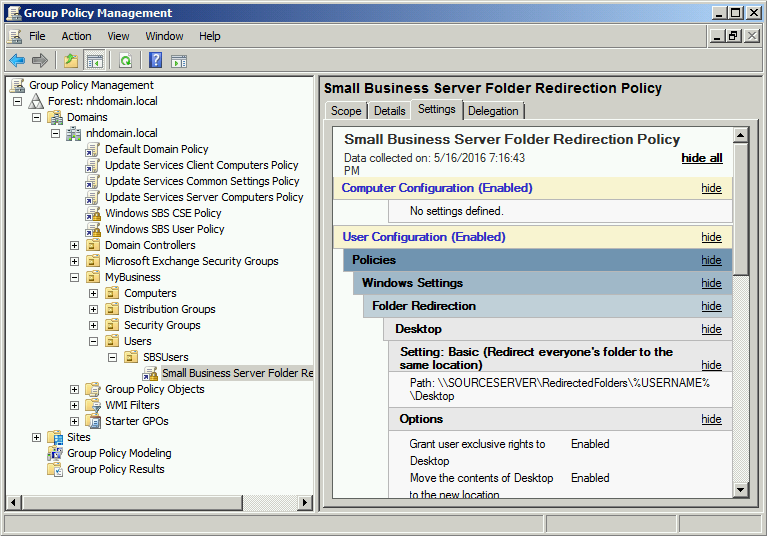
Text anchoring is a new way to anchor your comments to a specified range of text, instead of to an object. To turn on the Comments pane, click the Comments button towards the top right corner of the PowerPoint window. If you want to access all of the features of modern comments you can open the Comments Pane. In PowerPoint for the web you'll find comments in the margin, to the right of your slides, by default.

Comments in the margin or the comments pane Once the comment is posted you can drag the comment bubble anywhere within the object you commented on to indicate specifically what you're referring to. You can type your new comment in the comments pane at the right and select Post (or press CTRL+Enter on Windows, or CMND+Enter on Mac) to finish your comment. Just select the object on the slide that you want to comment on and then select Comment or the Review tab of the ribbon, or from the right-click context menu, or from the floating toolbar that appears when you've selected an object. Using comment anchoring is simplicity itself. This makes it easier to see specifically what part of a slide the reviewer is commenting on, and more reliable if you reorganize your content later.

In the new experience, comments are anchored to objects so if you move the object, the comment goes with it.


 0 kommentar(er)
0 kommentar(er)
